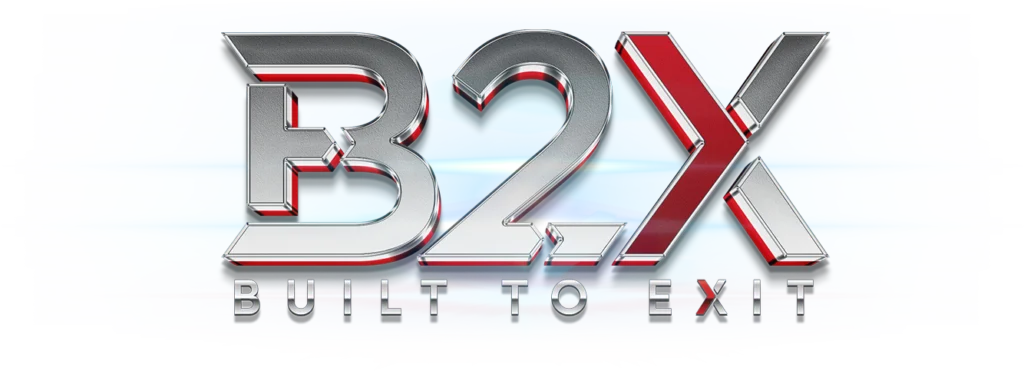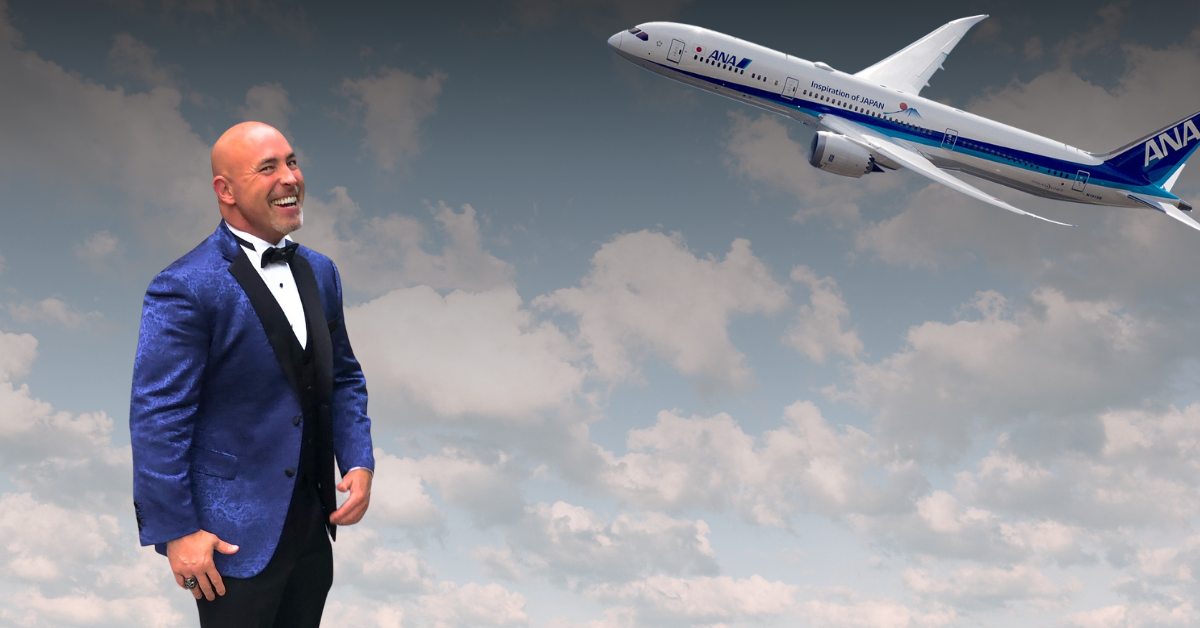When Boeing set out to design the 787 Dreamliner in the early 2000s, they wanted to create an airplane that would provide exceptional passenger comfort and long-range capability at greater fuel efficiency than any previous wide-body aircraft. Essentially, they asked – what would the ideal next-generation passenger experience be?
Originally, Boeing was considering replacement aircraft programs for the 767 and 747-400 in the late 1990s due to slowing sales. Two potential new aircraft were proposed – the shortened 747X or the faster, long-range Sonic Cruiser. However, after 9/11 and increased fuel prices, efficiency became more important than speed, and the Sonic Cruiser plans were canceled.
In 2003, taking cues from the Sonic Cruiser development work, Boeing announced plans for the highly efficient 7E7. This midsize, long-range twinjet represented a shift towards point-to-point routes rather than hub-and-spoke networks. Development costs were intensely budgeted by Boeing leadership at around $7 billion.
Teams were challenged to engineer the 7E7 to be significantly more affordable to produce than the preceding 777. Revolutionary use of lightweight composites and advanced engine technology allowed Boeing to meet challenging targets for fuel burn, passenger comfort, and range ultimately embodied by the 787 Dreamliner. The reverse engineering from passenger benefits to required innovations made the economics viable.
The extremely aggressive targets Boeing set for the 787 Dreamliner’s development and production costs, fuel efficiency, range, and passenger experience necessitated a fundamental rethinking of aircraft design from the ground up. With a tight budget capped at $7 billion and a directive to massively reduce manufacturing costs compared to the 777, Boeing teams could not afford costly trial-and-error or incremental tweaks to existing models.
Instead, they needed to reverse engineer – starting from the ideal future aircraft as defined by management’s strict constraints and metrics, then working backward to reimagine and retrofit the interdependent components, systems, and production processes to make this future feasible.
The multiple challenges Boeing aimed to solve simultaneously made a broad, integrated reenvisioning essential. By reverse engineering the 787 from firm top-level goals, Boeing turned market pressures into an opportunity for clean-sheet innovation.
With clear goals established, Boeing engineers worked their way backward, re-examining the requirements and interdependencies associated with each target. Larger windows, for example, would add structural weight, requiring compensatory savings elsewhere. Greater range demanded improved engine efficiency, driving calls for new engine technology.
By working backward from the ideal targets, Boeing determined that conventional aluminum aircraft construction would not suffice. Instead, a shift to composite materials with greater strength and less weight could enable meeting overall goals. This led Boeing to make its first large-scale use of carbon fiber composites in commercial plane design and assembly.
In the end, by focusing first on an ambitious vision of the optimal passenger experience and reverse engineering from this future state to the component needs, innovations, and trade-offs required, Boeing was able to create an unprecedented aircraft in the 787. The strengths of this approach were demonstrated when the 787 entered service in 2011, bringing unprecedented comfort, range, and fuel savings to airline fleets around the world.
The Genius of Reverse Engineering
We often think about setting goals and working step-by-step towards achieving them. But what if we turned that around and instead started at our future goal, then worked backward to figure out the steps to make it happen?
This “reverse engineering” approach to goal-setting allows us to envision the specific future we want and map out a realistic path toward it.
Let’s walk through an example.
Say your goal is to start your own bakery café in 5 years. If you started planning forward chronologically, you might set vague incremental goals like “learn to bake,” “raise money,” and “find a space.” But reverse engineering aims for clarity.
So first ask: exactly what will my ideal bakery café look like 5 years from now? Get specific – location, size, menu offerings, interior design aesthetic – detail your ultimate vision.
Now work backwards.
If this is where you want to be in 5 years, where do you need to be in 4 years to make that happen?
Maybe in year 4 you’re scouting potential retail spaces, taking out small business loans, and test-marketing your baked goods.
What about 3 years back from your endpoint?
Perhaps you’re still perfecting recipes and developing your branding.
2 years back you may be completing a pastry chef course.
And next year: focus on skill-building through internships while crafting your business proposal.
See how reverse goal-setting creates a step-by-step roadmap tailored towards your specific 5-year target?
By vividly envisioning the future we want and mapping backward to the present, we can break down a seemingly impossible goal into achievable milestones.
Clarity of vision plus concrete steps makes audacious dreams suddenly feel within reach. Whether starting a bakery or launching any new venture, reverse engineering our goals creates a customized action plan to manifest our desires.
If we lead with the conviction that the future we want is already possible, all that remains is pursuing the path we lay out, step-by-step, until we arrive exactly where we aimed to be.
You can reverse engineer goals for your career, health, relationships – any aspect of your future. The key is defining the desired end result first, then identifying the concrete milestones needed to get there.
Clearly outlining the future you want makes it feel more attainable.
And moving backward keeps you focused on the ultimate prize, giving you motivation for the next steps.
So try this goal achievement method on for size – you may just end up exactly where you envisioned.

